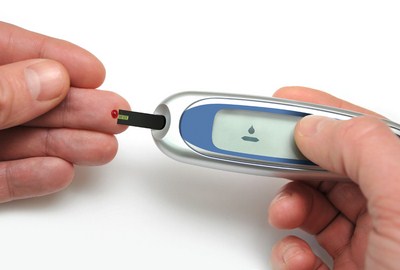
Blood pressure is the lateral pressure exerted on the wall of the vessels by the column of blood present in it. The maximum pressure which occurs during systole is called systolic pressure and the minimal pressure produced during diastole is called diastolic pressure. The difference between the two pressures is called the pulse pressure. The average of pressure produced during a cardiac cycle is known as the mean pressure. It is calculated by taking the diastolic pressure and adding one third of pulse pressure. In the graphical recording, it is calculated from the area occupied by the systolic and diastolic pressures and from it, the mean pressure is calibrated.
Systolic pressure ranges from 100 to 140 mmHg, with the average pressure being 120 mmHg in adults. The diastolic pressure ranges from 70 to 90 mmHg and 80 mmHg is the average pressure. The pulse pressure is the difference between the systolic and diastolic pressures and is 40 mmHg. The mean arterial blood pressure is 100 mmHg. Clinically, the diastolic pressure reading is considered important, as it indicates the resistance against which the left ventricle has to pump the blood. Rise in diastolic pressure above 90 mmHg if, occurs persistently, is an indication of hypertension.
The arterial blood pressure is recorded by indirect methods in humans. Experimentally, direct method of recording is possible by cutting the artery and inserting a canula, the other end of which is connected to a mercury manometer. In humans, the sphygmomanometer is used to record the arterial blood pressure.
Source: Textbook of Physiology, 3E (Chandramouli) (2010)